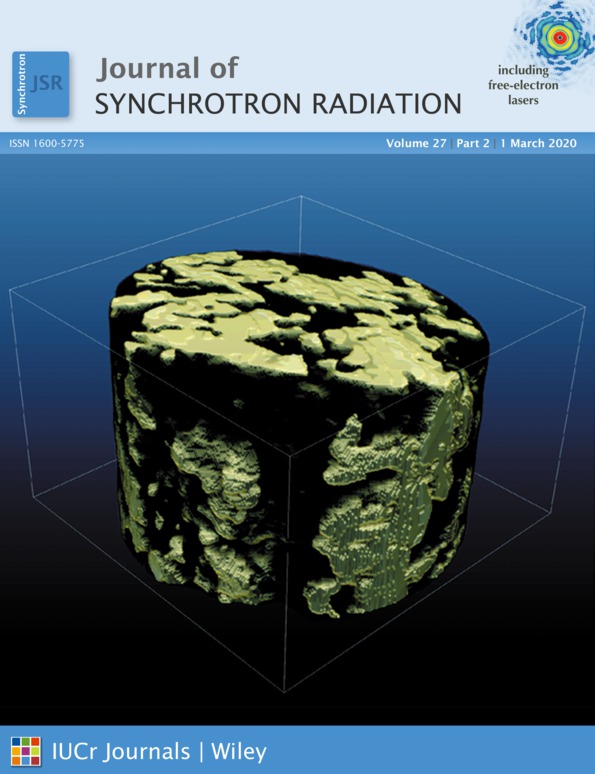X-ray optics and beam characterization using random modulation: theory
Abstract
X-ray near-field speckle-based phase-sensing approaches provide efficient means of characterizing optical elements. Presented here is a theoretical review of several of these speckle methods within the framework of optical characterization, and a generalization of the concept is provided. As is also demonstrated experimentally in a parallel paper [Berujon, Cojocaru, Piault, Celestre, Roth, Barrett & Ziegler (2020), J. Synchrotron Rad.27, (this issue)], the methods theoretically developed here can be applied to different beams and optics and within a variety of situations where at-wavelength metrology is desired. By understanding the differences between the various processing methods, it is possible to find and implement the most suitable approach for each metrology scenario.




